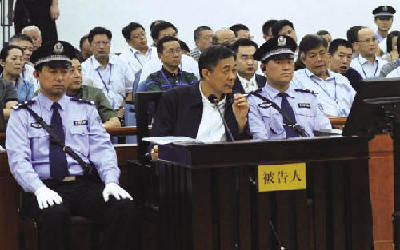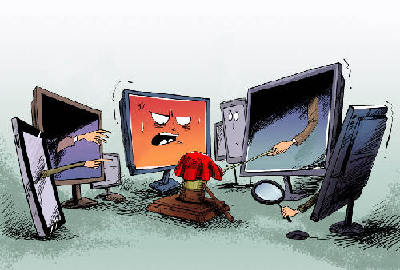By staff reporter JIAO FENG
Breakthroughs in Judicial Reform
IN 2013, China launched a series of impressive reforms in its judicial field. These included: deepening judicial publicity to guarantee people’s rights to information and develop transparency; improving the judicial accountability system to ensure the independent exercise of jurisdiction and procuratorial power, letting the inquisitor judge and the adjudicator take charge; and abolishing the system of re-education through labor as well as improving laws on punishment and correction of crimes and delinquencies, thereby manifesting the judicial assurance of human rights. By means of these reforms, China’s judicial system has realized new breakthroughs, providing strong support for the country to build a fair, efficient and authoritative socialist judiciary.
Breakthrough in Judicial Publicity
Judicial publicity is a significant symbol of a society operating under the rule of law.
In 2013 a series of publicity campaigns paved the way for judicial reform, demystifying China’s legal system and making justice tangible for the public.

On August 24, 2013, the court carried out investigations on Bo Xilai, who was accused of bribe-taking, corruption and abuse of power.
From August 22 to 26, Jinan Intermediate People’s Court broadcast the hearing of the Bo Xilai case via its official microblog. The court released more than 150 postings amounting to nearly 160,000 words of verbal content and a number of photos, including exhibits from both prosecution and defense teams, cross-examination details and opinions from both sides. More than 100 million people followed the trial online. It was a case that drew worldwide attention. On September 16, the official microblog of bjgy.chinacourt.org, the website of Beijing’s court, broadcast in real-time the key links of the case in July of a man who killed an infant girl, aged two, when he snatched her from her pram and threw her to the ground after an argument with the child’s mother in Daxing District of Beijing. They included the court investigation, audio-visual material, the court debate and the final statement in 11 microblogs. In December, during the second trial of dispute between Qihoo 360 and Tencent, the Supreme People’s Court broadcast the trial live via TV, radio and the Internet.

The judiciary in the self-media era.
- Silk Road Economic Belt – A Welcome Proposal
- China and Central Asia: Bright Prospects for Economic Cooperation
- China and Central Asia: Bright Prospects for Economic Cooperation
- China and Central Asia: Bright Prospects for Economic Cooperation
- Commentary: Innovation, reform, win-win cooperation prosper Asia-Pacific region
